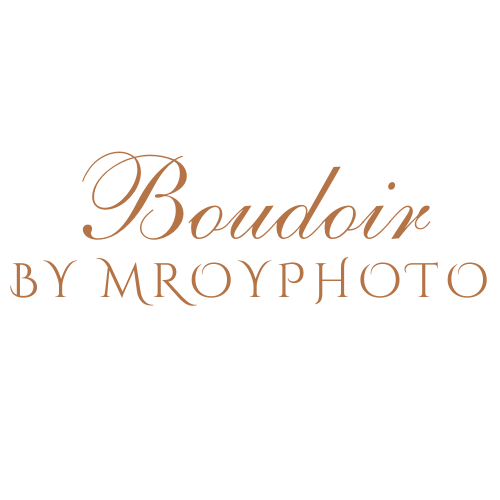The Role of Lighting in Boudoir Photography
Importance of lighting in photography
Great lighting is essential for creating amazing boudoir photography images. Proper lighting can highlight the subject's features, set the mood, and enhance the overall look of the photograph. Using different lighting techniques, photographers can achieve various effects and create stunning visuals that capture the moment's essence. Understanding how lighting plays a pivotal role in photography is crucial for producing captivating boudoir images that stand out.
How Lighting Influences Boudoir Photography
Lighting is a crucial aspect of boudoir photography. It sets the mood and enhances the subject's features. Here's how lighting influences boudoir photography:
Soft lighting can create a romantic and flattering atmosphere, ideal for boudoir shots.
Harsh lighting can add drama and intensity to the images.
Natural light is often preferred for a soft and ethereal feel.
Artificial lights like strobes or continuous lights offer control over the brightness and direction.
Understanding light manipulation is key to creating stunning boudoir photography images.
Contact us today - Witness Your Radiance
Types of lighting setups used in boudoir photography
In boudoir photography, different lighting setups are used to create various effects in the images. The most common setups include:
Natural Light: Utilizing available natural light for a soft and romantic feel.
Continuous Lighting: Providing a consistent light source for easy adjustments during the shoot.
Strobe Lighting: Using flashes of light to capture dynamic and high-contrast images.
Each lighting setup contributes to the overall mood and atmosphere of the boudoir photo shoot, allowing photographers to play with light and shadows to enhance the images' beauty and intimacy.
Natural light vs. artificial light in boudoir photography
In boudoir photography, the type of light you use can significantly impact the mood and quality of your images.
Natural light from sources like windows or skylights gives your subject a soft and flattering glow, naturally enhancing their features.
Artificial light, found in studio lighting, allows you more control over the intensity and direction of the light, giving you the flexibility to create different effects and moods in your photos.
Both natural and artificial light have advantages, so choosing the right one will depend on the specific look you want to achieve in your boudoir photography sessions.
Creating mood with different lighting techniques
Playing with different lighting techniques can make a big difference when you want to set a particular mood in boudoir photography. Soft, indirect lighting can create a romantic and intimate atmosphere. In contrast, harsh lighting can give the images a more dramatic feel. Experimenting with various lighting setups, like candles, string lights, or diffused natural light through curtains, will help you understand what you need to do to define your style and help you achieve the desired mood in your sessions.
Selecting the right lighting equipment for boudoir photography
Choosing the right lighting equipment is crucial to capture captivating boudoir photography images. Softboxes and diffusers can create a flattering and soft light on your subject. In contrast, adjustable LED lights allow you to customize the intensity and warmth of the lighting. Light reflectors can minimize shadows and create unique lighting effects by bouncing light back onto your subject. When selecting lighting equipment for boudoir photography, consider the size of your shooting space, the style of lighting you prefer, and the flexibility you need to achieve the desired ambiance in your images.
Lighting positions for flattering boudoir shots
Positioning lighting is crucial for flattering boudoir shots. The main light should be slightly above the subject, angled downwards to create soft shadows and highlights on the face and body. A fill light on the opposite side can help balance any harsh shadows. Consider incorporating a hair light to add depth and separation from the background. Lighting from behind can create a soft glow around the subject for a romantic and ethereal look. Optimal positioning of the lights enhances the mood and highlights the subject's features for stunning boudoir photography.
Enhancing shadows and highlights for dramatic effect
Mastering the art of enhancing shadows and highlights is key to creating striking boudoir photography images. Playing with shadows and highlights will help you add depth and drama to your photos. Shadows can create mystery and intrigue, while highlights can draw attention to specific areas in the image, enhancing its overall appeal. Experimenting with different lighting techniques to manipulate shadows and highlights can elevate the mood and storytelling in your boudoir photography.
Tips for achieving soft and romantic lighting in boudoir photography
To achieve soft and romantic lighting in boudoir photography, consider using natural light from a window covered with a sheer curtain for a gentle glow. Soften harsh light by using a diffuser or white fabric over artificial lights. Position reflectors strategically to bounce light and fill in shadows. Experiment with the time of day for varied lighting effects, like the warm tones of golden hour.
Final touches with lighting in post-processing
After capturing your boudoir photography images, the final touches with lighting in post-processing can truly enhance the mood and beauty of your photos. Adjusting the lighting in post-processing allows you to fine-tune the atmosphere, highlight key features, and create a stunning final result. Playing with brightness, contrast, and shadows will enable you to evoke different emotions and add depth to your boudoir images. Remember not to underestimate the power of lighting adjustments in post-processing to elevate your photography to the next level.
Now is the right time to cherish your beauty.


